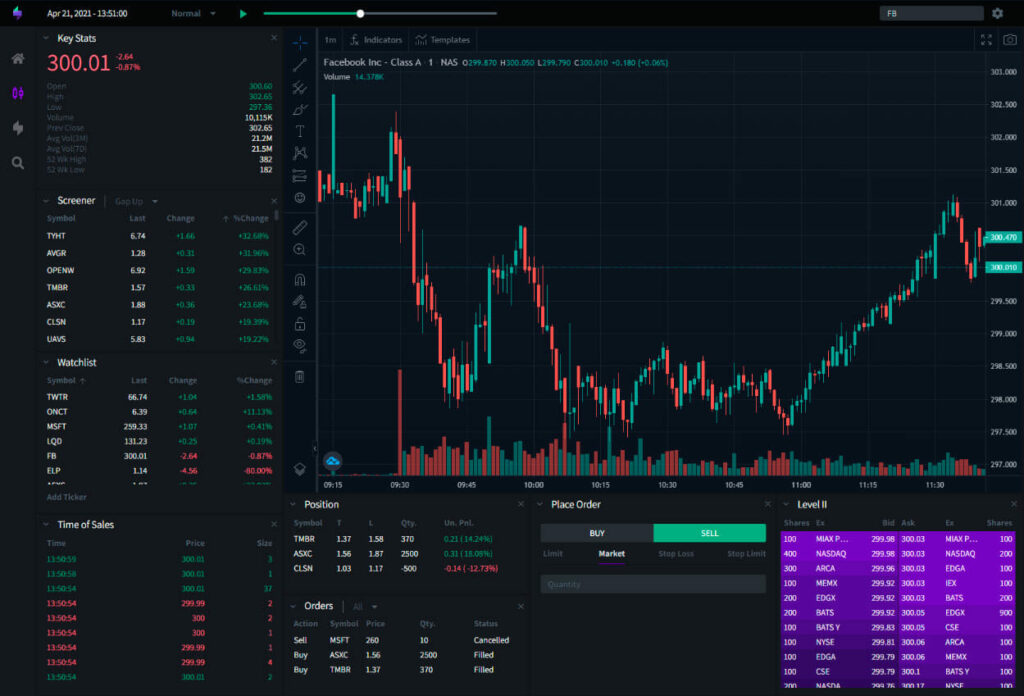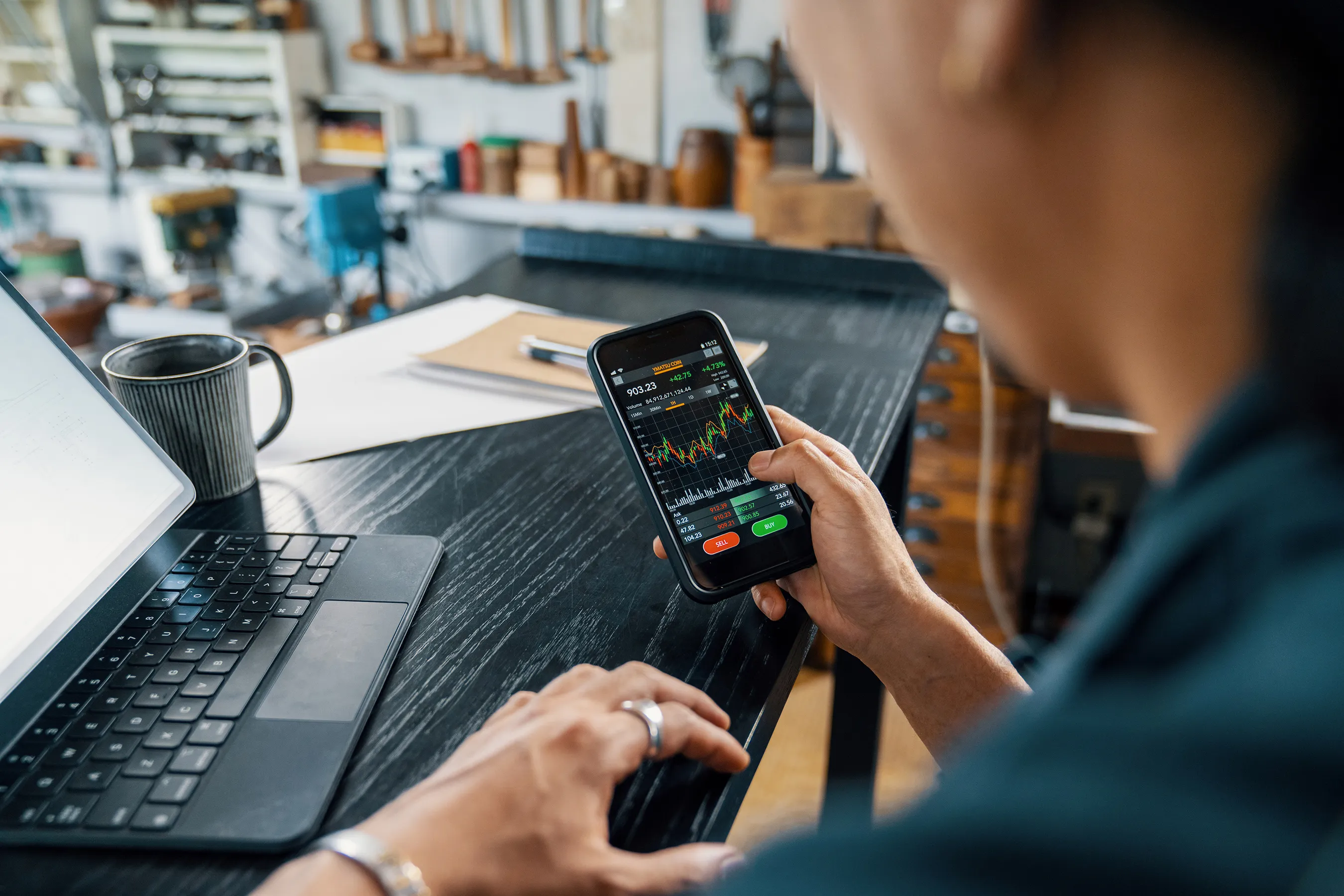In the fast-paced world of trading, where every second counts and market trends can turn on a dime, the ability to make informed decisions is paramount. Enter simulated trading on historical data—a powerful tool that allows traders to refine their strategies without the financial risk of real-time trading.
Imagine sifting through years of market fluctuations, piecing together patterns, and gaining insights that could elevate one’s trading game. By delving into the past, traders can experiment with diverse approaches, testing their theories against market realities that have already unfolded.
This method not only sharpens analytical skills but also builds the confidence necessary to navigate a complex financial landscape. As we explore the benefits of simulated trading through the eyes of seasoned traders, it becomes clear that learning from history is not just an academic exercise; its a game-changing tactic that could define future successes.
Introduction to Simulated Trading

In the rapidly evolving landscape of trading, simulated trading emerges as a powerful tool for both novice and seasoned traders. At its core, simulated trading, often referred to as paper trading, provides a risk-free environment where individuals can experiment with strategies and methodologies without the fear of financial loss.
Imagine stepping into a world where historical data comes alive through a replay chart free tool, enabling traders to not just glean insights but to actively engage with the past, re-examining decisions as if they were made in real-time. This practice fosters a profound understanding of market dynamics, allowing traders to refine their techniques, test their hypotheses, and cultivate an instinctual grasp of timing and strategy.
Moreover, the complex interplay of emotions—nervousness, excitement, frustration—can be explored in this safe arena, preparing individuals for the psychological rigors of real-world trading. With a blend of analytical rigor and real-world application, simulated trading on historical data stands as a vital cornerstone in developing a trader’s expertise.
Risk Management Practice

Effective risk management is crucial for any trader looking to navigate the tumultuous waters of financial markets, and simulated trading on historical data provides a powerful tool for honing these vital skills. By immersing oneself in past market conditions, traders can experience a variety of scenarios, from sudden market crashes to unexpected booms, without the immediate stakes of real money.
This practice fosters an in-depth understanding of potential pitfalls, enabling traders to test and refine their risk mitigation strategies. Imagine executing a trade that mirrors a catastrophic economic event, analyzing how minor adjustments can either magnify losses or protect profits.
In this simulated environment, the lessons learned are invaluable. Furthermore, the feedback loop created by reviewing performance allows traders to gain insights into their decision-making processes, ultimately enhancing their ability to manage risk effectively in live markets.
With each simulated trade, they build a more resilient mindset, equipping themselves to face the unpredictable nature of trading with greater confidence and adaptability.
Strategic Planning and Decision Making

Strategic planning and decision making in trading often feels like navigating a labyrinth, filled with twists and turns that can either lead to triumph or disaster. Simulated trading on historical data offers a unique vantage point, allowing traders to dissect past market behaviors and refine their strategies without the high stakes of real money on the line.
By immersing themselves in varied scenarios—market crashes, sudden spikes, and trends that defy expectations—traders cultivate a mindset of agility and preparedness. Each simulation unveils valuable insights, revealing not just which strategies resonate but also highlighting weaknesses in approach that might go unnoticed in real-time trading.
Ultimately, the ability to experiment, analyze, and adapt equips traders with the confidence to make informed decisions, transforming the daunting landscape of trading into a realm of opportunity and strategic prowess.
Conclusion
In conclusion, simulated trading on historical data offers traders a unique opportunity to refine their skills, test strategies, and gain valuable insights without the financial risk typically associated with live trading. By utilizing tools designed for this purpose, such as the replay chart free tool, traders can immerse themselves in realistic market scenarios and analyze their decision-making processes in real-time.
This hands-on experience not only enhances their confidence but also improves their ability to adapt to dynamic market conditions. Ultimately, embracing simulated trading can be a game-changer for both novice and experienced traders, paving the way for informed decisions and greater success in their trading endeavors.







